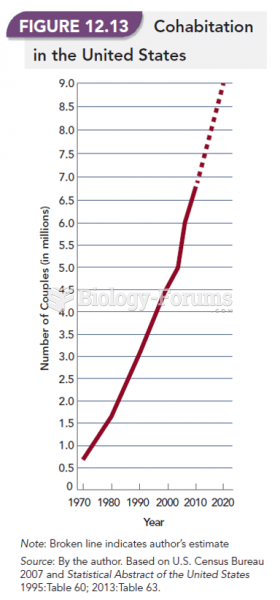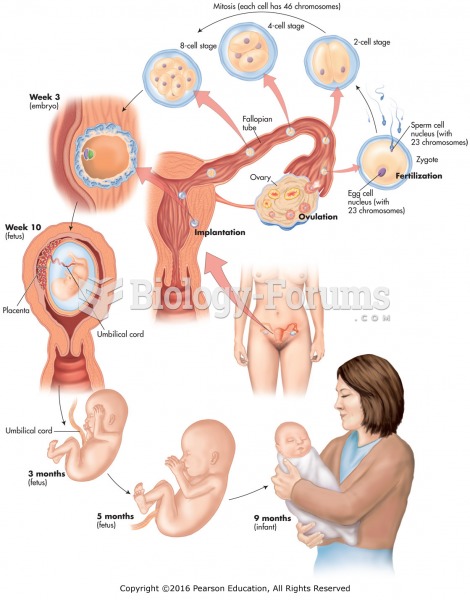Answer to Question 1
To fill the energy gap between rising consumption and falling production, the United States depended increasingly on imported oil, primarily from Arab countries of the Middle East. Because imported oil cost only 2.30 per barrel (9.18 in 2002 dollars) in the early 1970s and Middle Eastern reserves were more than adequate to meet the demand, this course seemed to present few problems.
A group of predominantly Arab countries known as the Organization of Petroleum Exporting Countries (OPEC) formed a cartel and agreed to restrain production in order to get higher prices. Imported oil began to cost more in the early 1970s, and then, in conjunction with an Arab-Israeli war in 1973, OPEC initiated an embargo of oil sales to countries, like the United States, that gave military and economic support to Israel. The effect was almost instantaneous, because we depend on a fairly continuous flow from wells to points of consumption. Spot shortages occurred, which quickly escalated into widespread panic because of our widespread dependence on cars and trucks. We were willing to pay almost anything to have oil shipments resumed. By continuing to limit oil production all through the 1970s, OPEC was able to keep supplies tight enough to force prices higher and higher.
Answer to Question 2
The typical life cycle of environmental public policy development has four stages. The stages are recognition, formulation, implementation, and control. Recognition is the process through which the early perceptions of an environmental problem occur and a great deal of dissension exists. CFCs were considered miracle chemicals, useful for many processes and seemingly harmless, inert, and nontoxic. That was until two scientists decided to investigate what happens to CFCs in the atmosphere. When they published their theory that CFCs would destroy the ozone they were treated like pariahs and even Russian spies No one wanted to believe that CFCs were harmful. Formulation is the stage where the political weight of those who perceive a problem is increasing. The public is now aroused, and debate about policy options occurs in the corridors of power. Those that make the policies have listed what may be called the Three E's of environmental public policy: effectiveness, efficiency, and equity. During this stage, the National Academy of Sciences confirmed the findings of these scientists and CFCs were subsequently banned from aerosol cans. On the international level, the Montreal Protocol was written and required cutting CFC production in half by the year 2000 . The process had begun. The implementation stage is where . . . real political and economic costs are exacted. The policy has been determined, and the focal point moves to regulatory agencies. Companies began developing more benign substitutes for the CFCs while using less CFCs in their processes, refrigerators, and air conditioners. The control stage is the final stage. . . . Years have passed since the early days of the recognition stage. Problems are rarely completely resolved, but the environment is improving, with things moving in the right direction. The ozone hole appears to be decreasing in size with less CFCs in the atmosphere. CFCs are no longer being manufactured.







